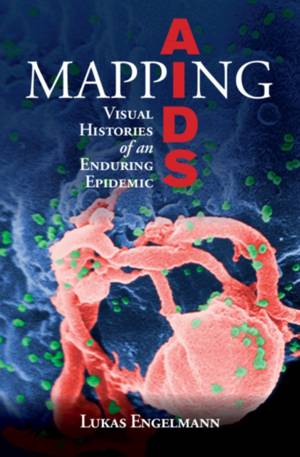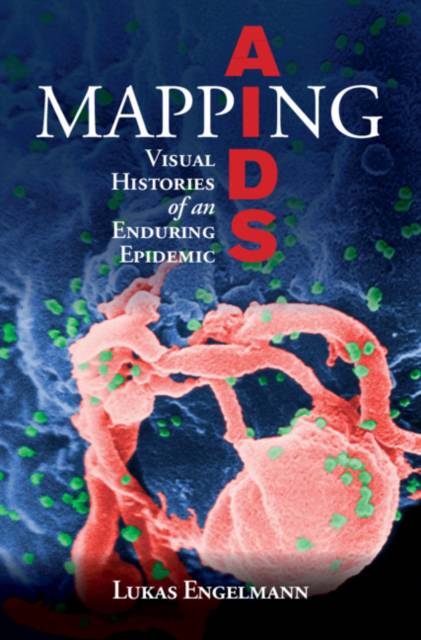
- Afhalen na 1 uur in een winkel met voorraad
- Gratis thuislevering in België vanaf € 30
- Ruim aanbod met 7 miljoen producten
- Afhalen na 1 uur in een winkel met voorraad
- Gratis thuislevering in België vanaf € 30
- Ruim aanbod met 7 miljoen producten
Zoeken
Omschrijving
In this innovative study, Lukas Engelmann examines visual traditions in modern medical history through debates about the causes, impact and spread of AIDS. Utilising medical AIDS atlases produced between 1986 and 2008 for a global audience, Engelmann argues that these visual textbooks played a significant part in the establishment of AIDS as a medical phenomenon. However, the visualisations risked obscuring the social, cultural and political complexity of AIDS history. Photographs of patients were among the earliest responses to the mysterious syndrome, cropped and framed to deliver a visible characterisation of AIDS to a medical audience. Maps then offered an abstracted image of the regions invaded by the epidemic, while the icon of the virus aspired to capture the essence of AIDS. The epidemic's history is retold through clinical photographs, epidemiological maps and icons of HIV, asking how this devastating epidemic has come to be seen as a controllable chronic condition.
Specificaties
Betrokkenen
- Auteur(s):
- Uitgeverij:
Inhoud
- Aantal bladzijden:
- 266
- Taal:
- Engels
- Reeks:
Eigenschappen
- Productcode (EAN):
- 9781108425773
- Verschijningsdatum:
- 20/12/2018
- Uitvoering:
- Hardcover
- Formaat:
- Genaaid
- Afmetingen:
- 159 mm x 235 mm
- Gewicht:
- 566 g

Alleen bij Standaard Boekhandel
+ 251 punten op je klantenkaart van Standaard Boekhandel
Beoordelingen
We publiceren alleen reviews die voldoen aan de voorwaarden voor reviews. Bekijk onze voorwaarden voor reviews.











